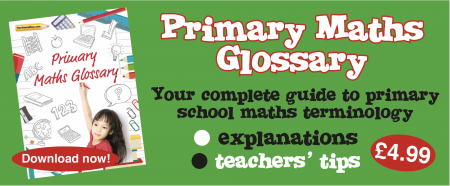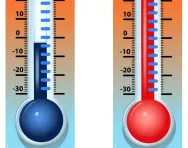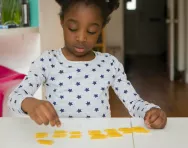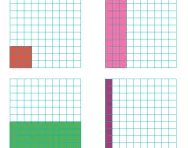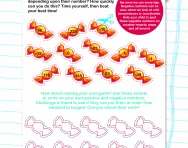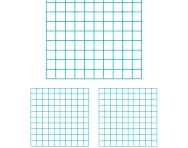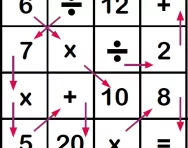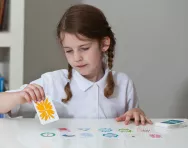TheSchoolRun.com closure date
As we informed you a few months ago, TheSchoolRun has had to make the difficult decision to close due to financial pressures and the company has now ceased trading. We had hoped to keep our content available through a partnership with another educational provider, but this provider has since withdrawn from the agreement.
As a result, we now have to permanently close TheSchoolRun.com. However, to give subscribers time to download any content they’d like to keep, we will keep the website open until 31st July 2025. After this date, the site will be taken down and there will be no further access to any resources. We strongly encourage you to download and save any resources you think you may want to use in the future.
In particular, we suggest downloading:
- Learning packs
- All the worksheets from the 11+ programme, if you are following this with your child
- Complete Learning Journey programmes (the packs below include all 40 worksheets for each programme)
You should already have received 16 primary school eBooks (worth £108.84) to download and keep. If you haven’t received these, please contact us at [email protected] before 31st July 2025, and we will send them to you.
We are very sorry that there is no way to continue offering access to resources and sincerely apologise for the inconvenience caused.
What is an integer?
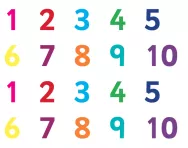
What is an integer?
An integer is simply a whole number. This can be a negative or positive number; 0 is also classified as an integer.
How do children learn about integers in primary school?
A fraction is also a part of something (for example: 1/4 of a shape, 1/7 of a quantity) so is not an integer.
The word 'integer' is used in the Primary Maths Framework for teachers, however children do not necessarily need to know the definition themselves.
It is possible that more able children in Year 6 may be introduced to the term.
Number puzzles involving integers
Here is an example of a puzzle involving the term 'integer' that may be given to a more able Year 6 child:
Which integer do you multiply 0.9 by to make 5.4?
Here, a child could use their knowledge of the 9 times table to work out that 9 x 6 = 54, so 0.9 x 6 must equal 5.4.
Another good puzzle for a more able Year 6 child is:
How many ways can you make 1000, as the sum of consecutive integers?
Part of the purpose of giving children investigations like these is to test their ability to tackle a puzzle. However, another important reason for giving puzzles like this to children, is that it tests their knowledge of mathematical vocabulary. This puzzle requires them to know the words: sum, consecutive and integer.
